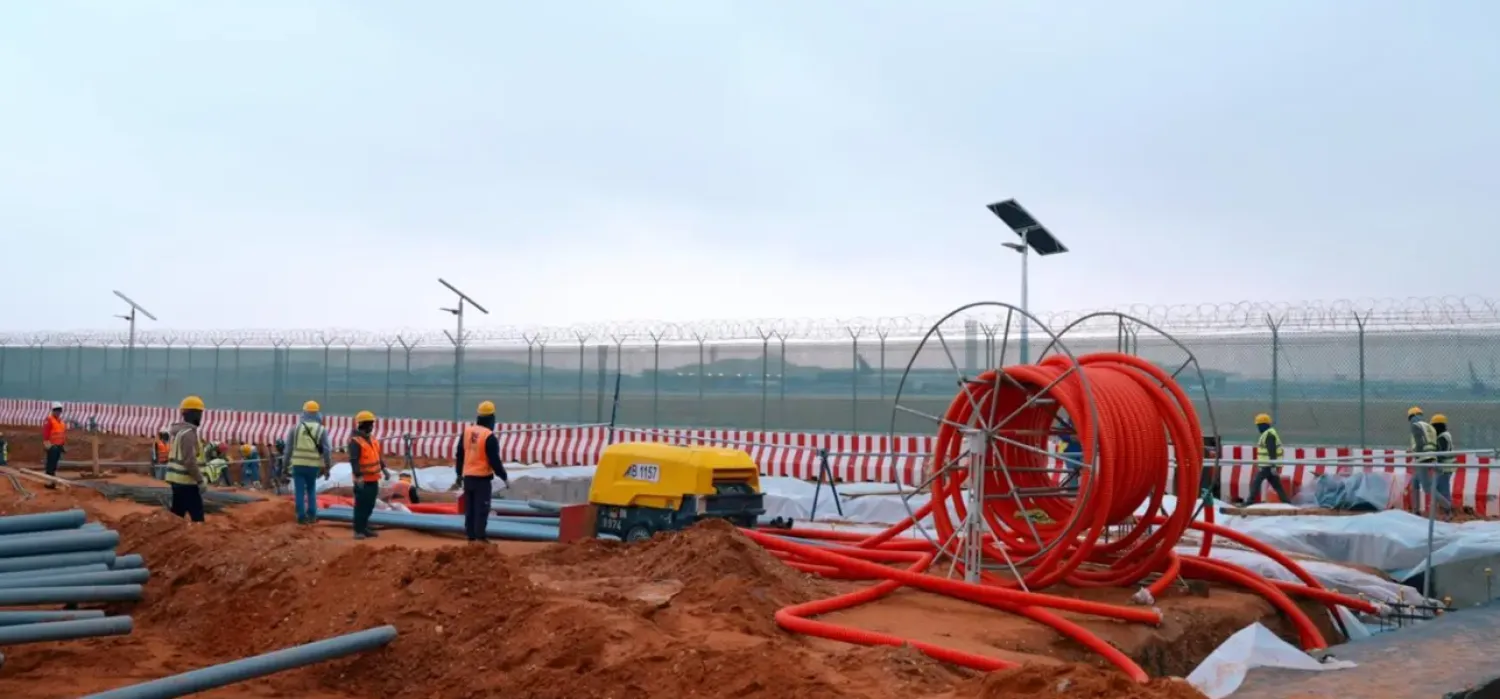Leaders from across the global tourism sector flocked to Riyadh for the most significant event in the tourism sector in 43 years, World Tourism Day (WTD).
The event, which kicked off on Wednesday, is a key driver for the global economy after it came to a halt due to the COVID-19 pandemic and slowed down further following the Russian-Ukrainian conflict.
More than 500 government officials, industry leaders, and experts from 120 countries are set to attend World Tourism Day to foster global collaboration.
They aim to examine investment opportunities and strengthen the resilience of the tourism industry, steering the sector towards an investment-led and sustainably focused future.
Over the past year, tourism's contribution to Saudi Arabia's Gross Domestic Product (GDP) has surged from three to seven percent.
The Saudi Ministry of Tourism said the event in Riyadh is the largest ever in the event's 43-year history.
It welcomed all the participants to Riyadh on World Tourism Day, aiming to promote strategic priorities and discuss key issues related to the tourism sector.
The organizers are gearing up to discuss several critical issues that could lead to recommendations aimed at propelling the global tourism sector to achieve higher growth rates.
Some key topics that will be covered include intercultural dialogue, global tourism investment, green investment, and enhancing innovation in the tourism sector.
Saudi Arabia's Vision 2030 places tourism as one of its pillars, targeting around 100 million annual visits by 2030.
However, Saudi Arabia's unprecedented success has prompted it to target 150 million annual visits, up from the 100 million set over seven years ago.
In a recent interview, Saudi Tourism Minister Ahmed al-Khatib stated that the tourism sector doubled over the past two years, expecting it to double again in the next two.
Khatib added that Saudi Arabia aims to attract 70 million visits from abroad by 2030 under the new target, representing approximately half of the total visits.
He noted that the number of international tourist visits reached 30 million this year, even before the opening of NEOM, Diriyah, The Red Sea Project, and Qiddiya, which are expected to bring a qualitative shift to Saudi tourism.
Saudi tourism allocated about $160 million for launching this year's summer campaign to promote tourist destinations within the Kingdom, as announced by Khatib in May.
He pointed out that the number of international tourists arriving for various purposes in Saudi Arabia reached 7.8 million during the first quarter of this year, marking a 64 percent growth compared to the first quarter of 2019, before the COVID-19 pandemic.









